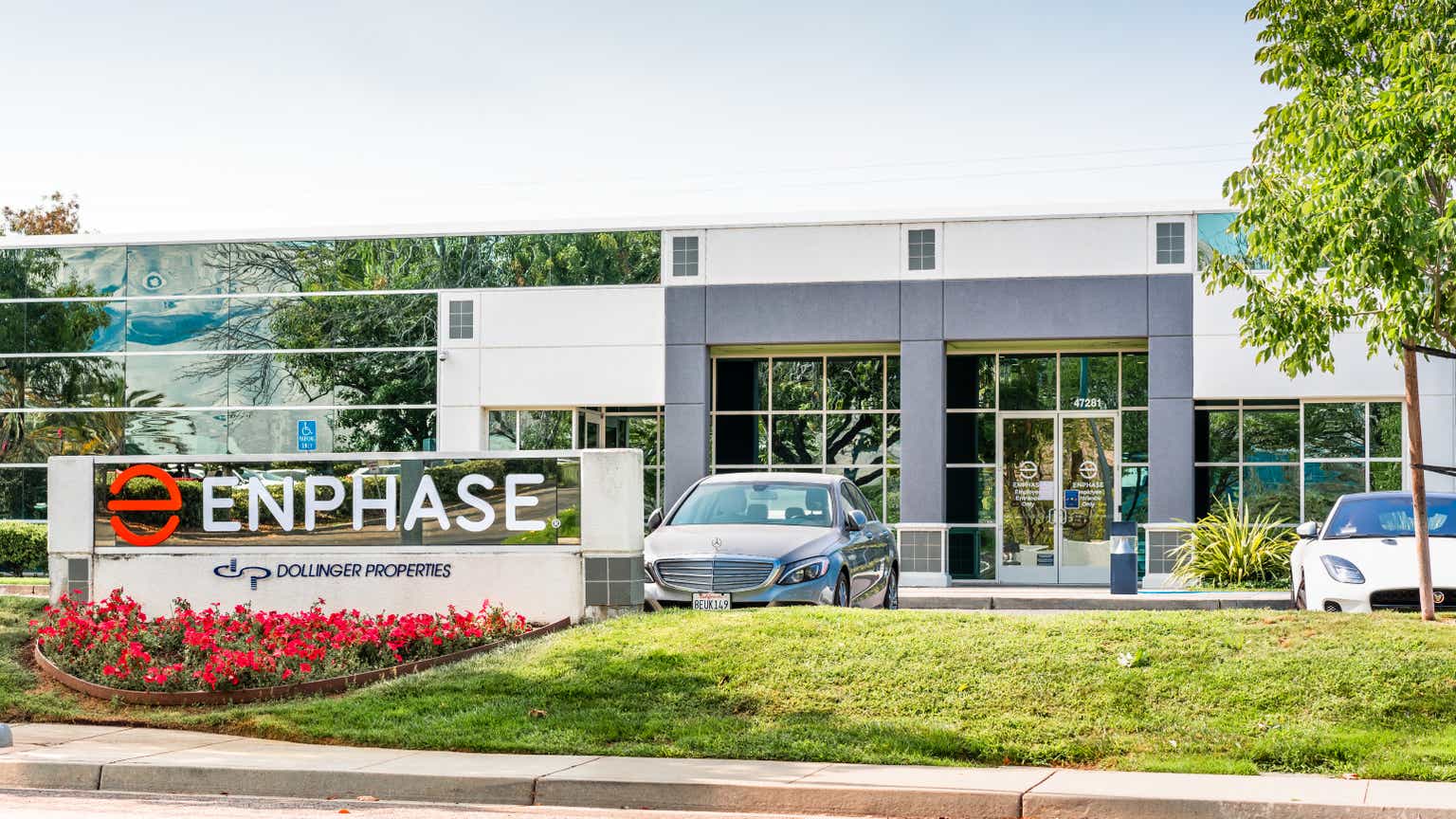The second life battery market is gaining traction as a sustainable solution to energy storage, addressing the growing concern over battery waste and the need for efficient energy management. As electric vehicles (EVs) proliferate, the challenge of managing retired lithium-ion batteries becomes critical; these batteries, once deemed unusable for automotive purposes, can still hold significant energy capacity. The central issue lies in optimizing their reuse for applications such as grid storage, which can enhance renewable energy integration and reduce reliance on fossil fuels. This market not only presents an opportunity for environmental sustainability but also for economic growth in the energy sector.
Key insights reveal that the second life battery market is poised for expansion, driven by technological advancements and increasing regulatory support for sustainable practices. Companies are exploring innovative methods to repurpose these batteries, which can lead to cost savings and improved energy resilience. The implications are profound: as industries adopt second life batteries, they can mitigate environmental impacts while capitalizing on a circular economy model. This shift not only enhances energy storage solutions but also positions stakeholders to benefit from emerging market opportunities in renewable energy and battery recycling.









